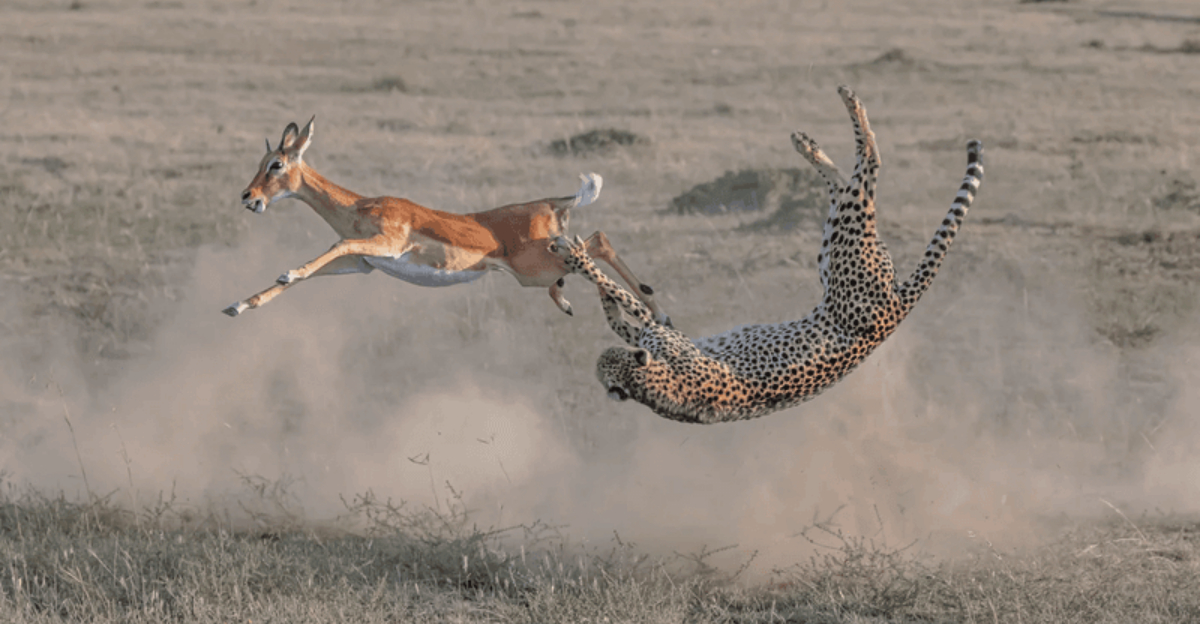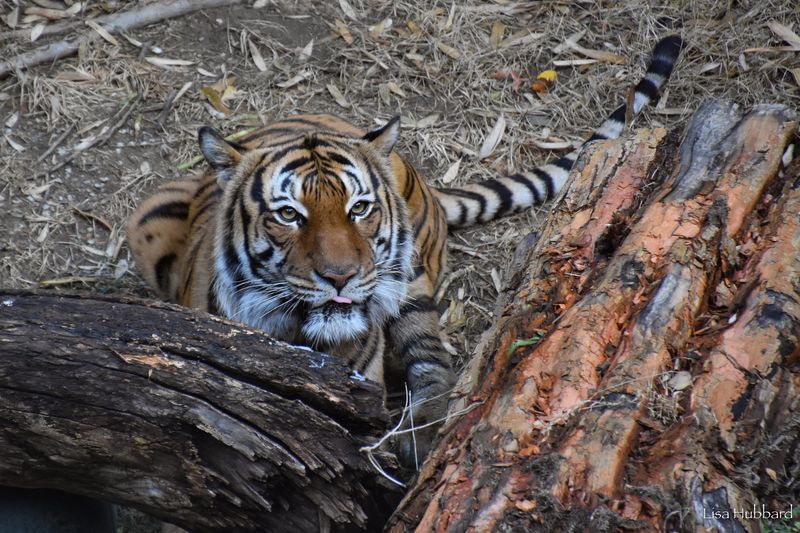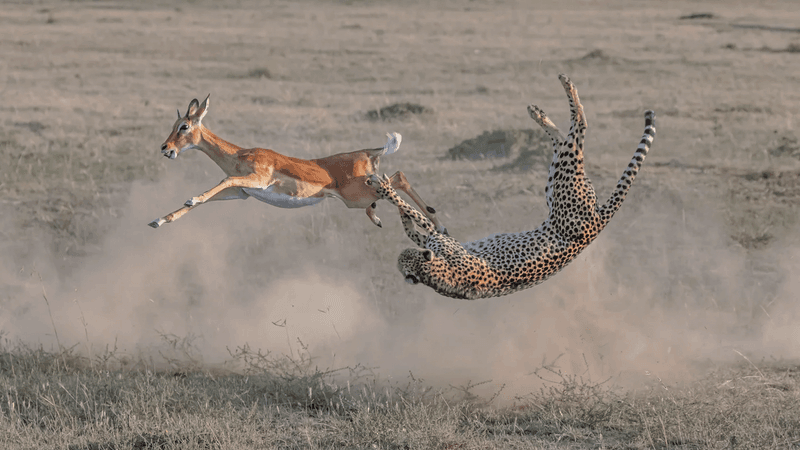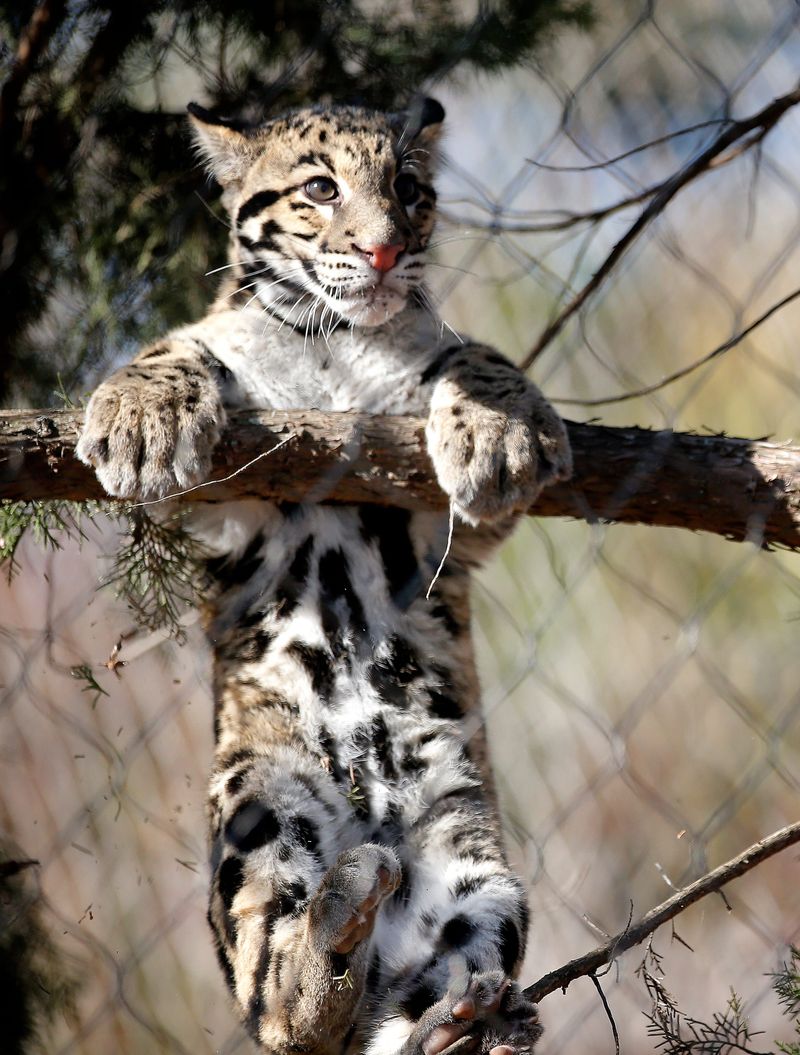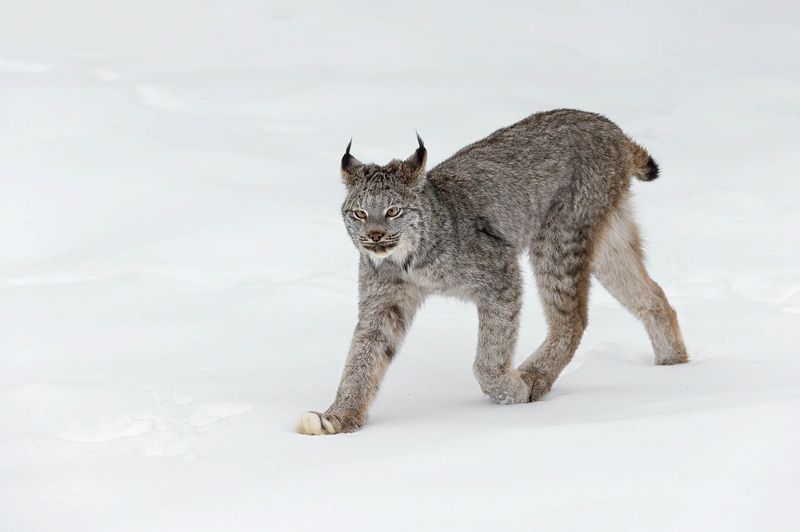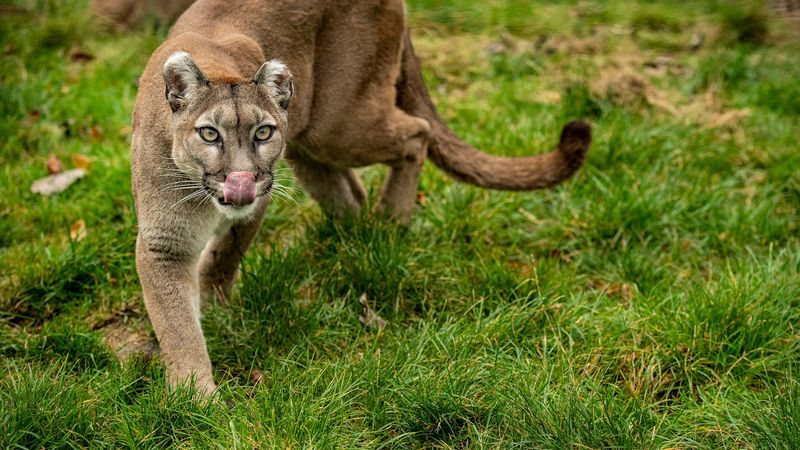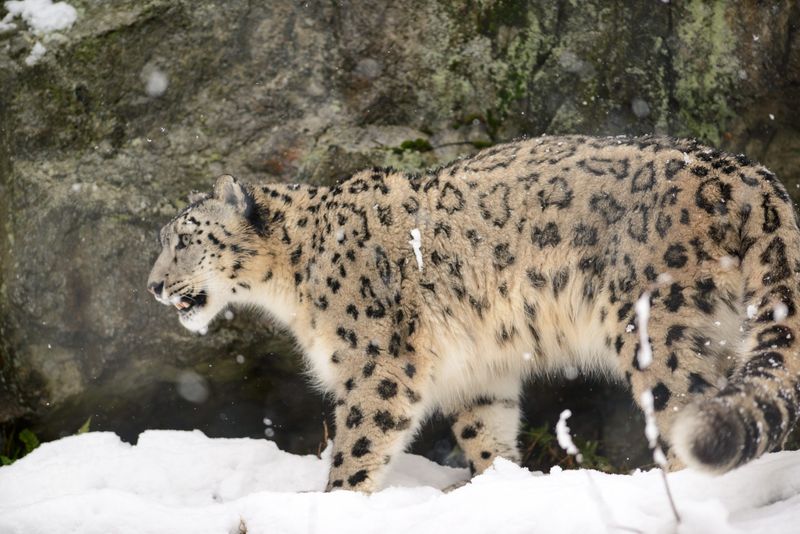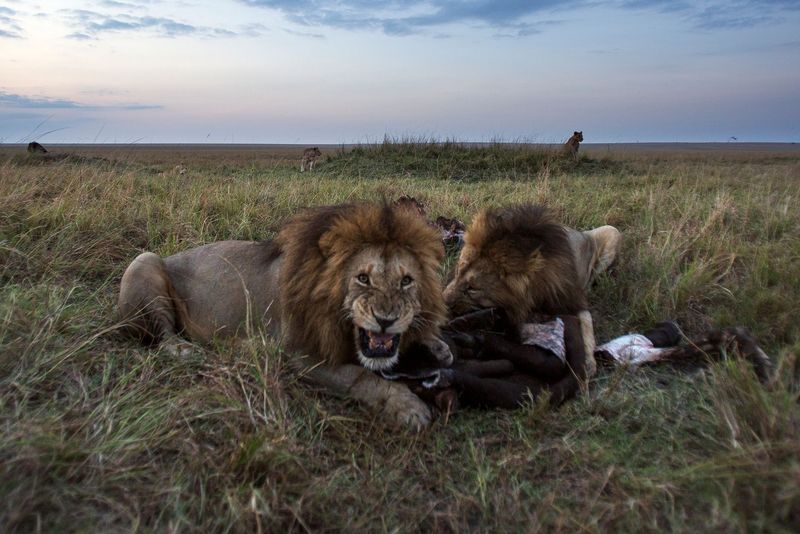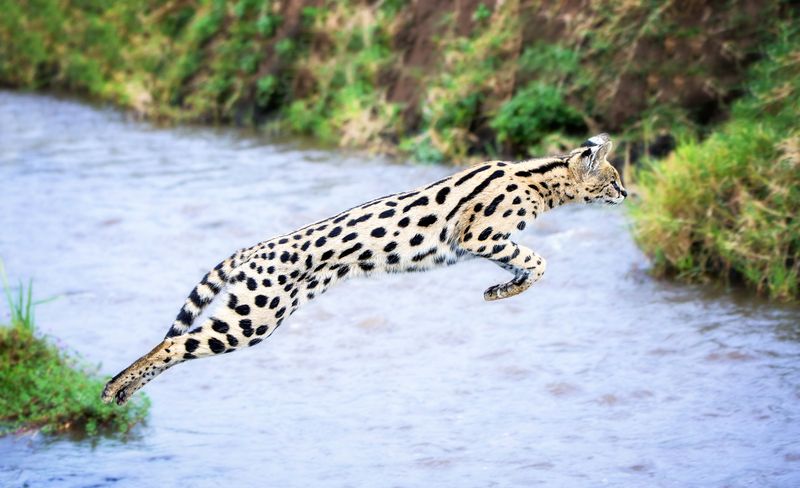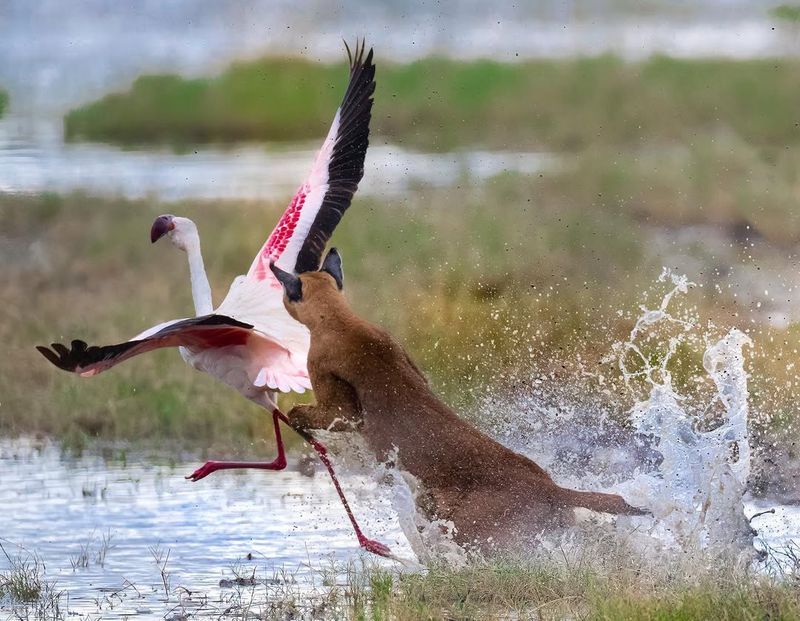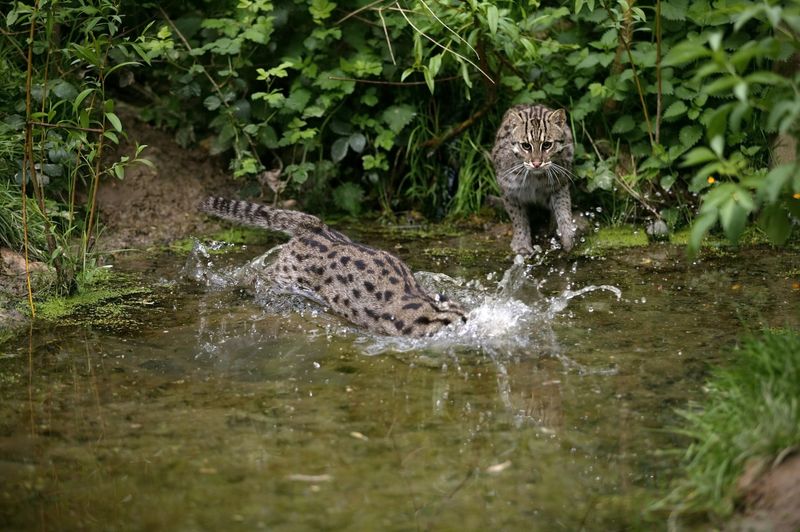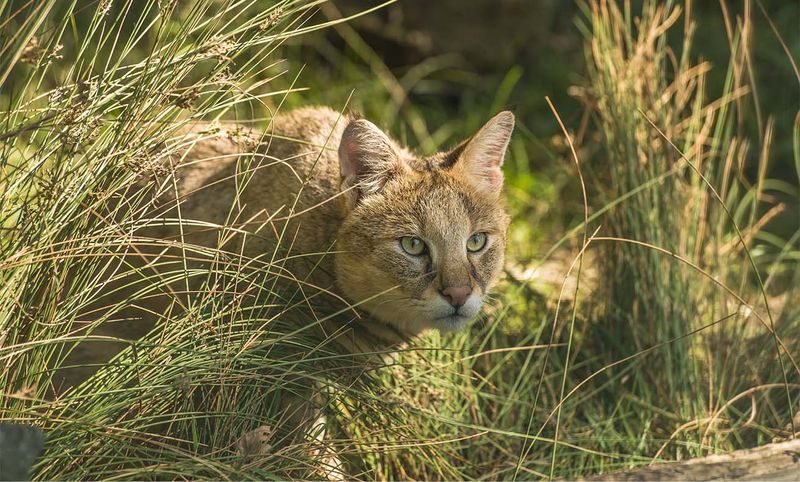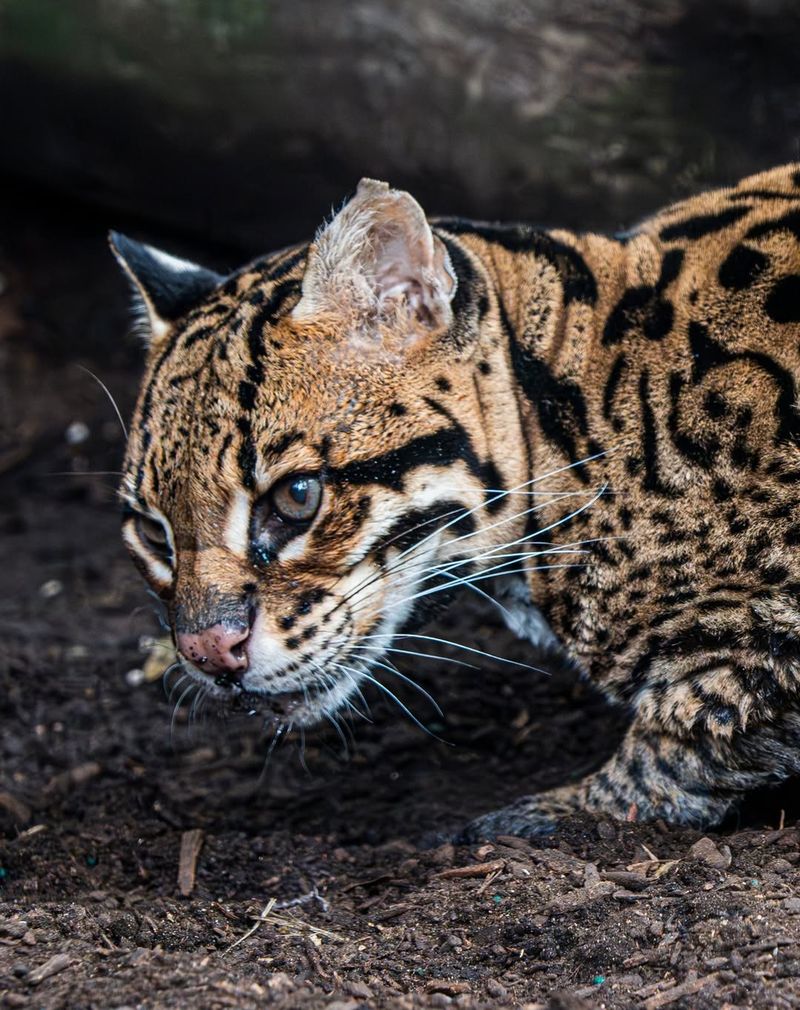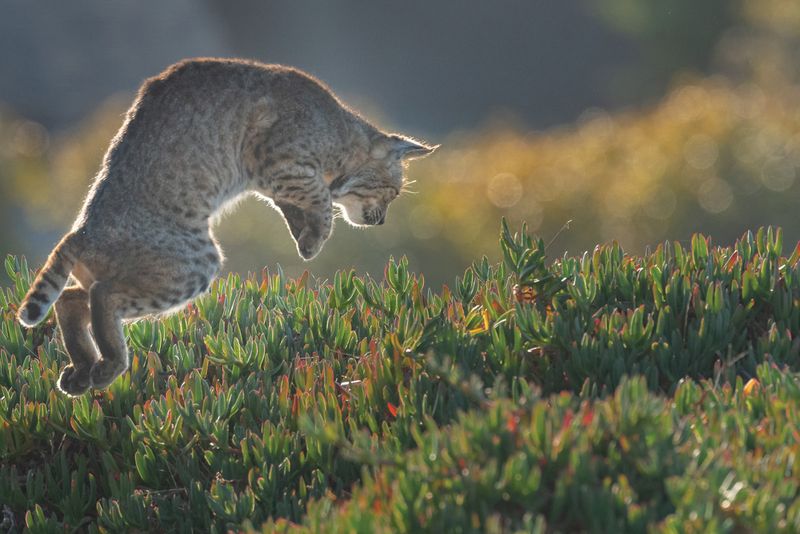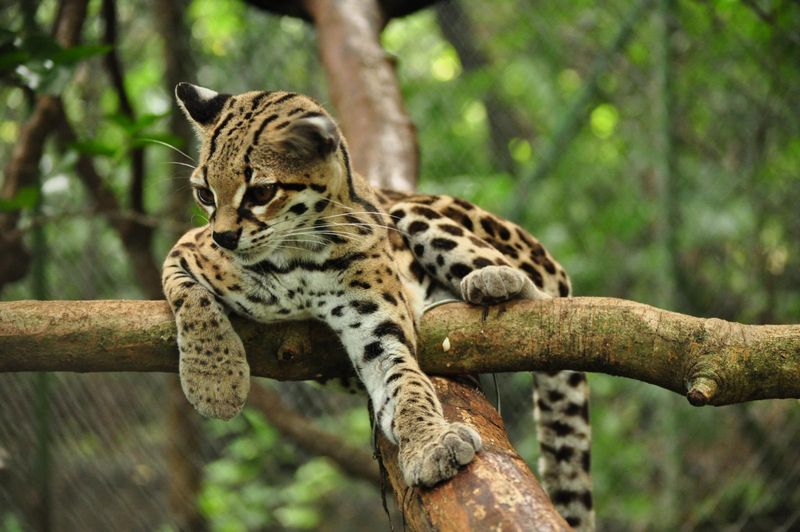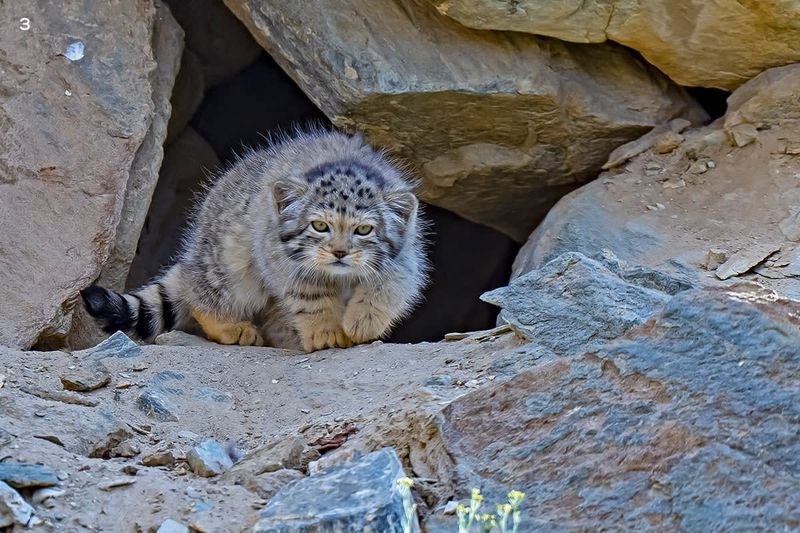📖 Table of Content:
- 1. Ambush by the Tiger
- 2. Cheetah’s High-Speed Chase
- 3. Leopard’s Tree Ambush
- 4. Lynx’s Snowy Stealth
- 5. Puma’s Stalking Prowess
- 6. Snow Leopard’s Rocky Ambush
- 7. Lion’s Coordinated Attack
- 8. Serval’s Leap and Capture
- 9. Caracal’s Aerial Attack
- 10. Fishing Cat’s Aquatic Ambush
- 11. Jungle Cat’s Marshland Strategy
- 12. Ocelot’s Night Stalking
- 13. Bobcat’s Opportunistic Pounce
- 14. Margay’s Arboreal Prowess
- 15. Pallas’s Cat’s Rock Hide
Wild cats are among the most skilled and efficient predators in the animal kingdom, each species equipped with unique abilities that make them formidable hunters. Their keen senses, agility, and strength allow them to track and capture prey with remarkable precision. From the dense rainforests to arid deserts and icy mountain ranges, these cats have evolved specialized hunting techniques that suit their environments. Their adaptability is a key factor in their survival, enabling them to outmaneuver prey and secure food in even the most challenging conditions.
The variety of hunting strategies wild cats employ reflects their intelligence and mastery of their surroundings. Some rely on sheer speed, like the cheetah, which can outrun most prey in an open chase. Others use stealth and patience, such as the snow leopard, which blends into the rocky terrain before launching a powerful ambush. There are even cats that hunt in groups, like lions, coordinating their attacks to bring down large animals. Each strategy is a finely tuned skill passed down through generations, ensuring these predators maintain their place at the top of the food chain.
From striking with lightning-fast reflexes to waiting motionless for the perfect moment, each technique highlights their incredible survival instincts. Understanding these strategies not only reveals the impressive hunting capabilities of wild cats but also deepens our appreciation for their role in the ecosystem. As apex predators, they help maintain balance in nature, demonstrating why their conservation is so important.
1. Ambush by the Tiger
Tigers are masterful at using their environment to their advantage. They often rely on the element of surprise, hiding in dense foliage before pouncing on their prey. This ambush technique is crucial for the solitary hunter, enabling them to catch prey off-guard. Tigers can remain motionless for extended periods, waiting for the perfect moment. Once the prey is within striking distance, the tiger lunges with incredible speed and power. The initial attack is usually lethal, aimed at the neck or throat. This method highlights the tiger’s strength and stealth in equal measure.
2. Cheetah’s High-Speed Chase
Reaching speeds up to 70 mph, cheetahs are the fastest land animals. Their hunting strategy relies on explosive acceleration and top speed to catch swift prey like gazelles. Unlike other wild cats, cheetahs hunt in open plains, using their speed as their primary weapon. They keep a low profile, approaching their target stealthily before launching into a sprint. This burst of speed is short-lived but often sufficient to close in on the prey. Cheetahs must catch their target within seconds, as their energy reserves deplete rapidly. It’s a high-risk, high-reward strategy.
3. Leopard’s Tree Ambush
These spotted wild cats excel in climbing and often use elevation to their advantage. They silently stalk their prey from above, blending seamlessly with the tree canopy. When the moment is right, the leopard descends swiftly, using gravity to aid in their attack. This strategy is particularly effective in dense forests where visibility is limited. The element of surprise gives the leopard a significant edge over its prey. Once the prey is down, the leopard may drag it up a tree to protect it from scavengers. This tactic showcases their adaptability and cunning.
4. Lynx’s Snowy Stealth
In snowy habitats, lynx utilize their natural camouflage and patience. Their thick fur provides insulation, allowing them to remain immobile for hours. They rely on acute hearing to detect small movements under the snow. Once a target is identified, the lynx moves silently, minimizing noise. Their large, padded paws prevent them from sinking into the snow, aiding in a quiet approach. When close enough, the lynx leaps with precision, using the element of surprise. This method is energy-efficient, crucial for survival in cold environments where food is scarce.
5. Puma’s Stalking Prowess
Pumas, also known as mountain lions, are skilled stalkers. They utilize the cover of dense forests and rocky terrain to stay hidden. Pumas maintain a low profile, approaching their target with deliberate and silent movements. This stealthy approach allows them to get within striking distance undetected. The final phase is a powerful sprint, closing the gap swiftly. Pumas aim for a quick, decisive kill, often targeting the neck. This strategy highlights their agility and ability to adapt to various terrains. Their patience and timing are key to a successful hunt.
6. Snow Leopard’s Rocky Ambush
Their thick, patterned fur provides camouflage against the snow and stone. They employ ambush tactics, using the terrain to conceal their approach. Snow leopards are incredibly agile, capable of leaping great distances. This ability allows them to surprise prey from unexpected angles. The harsh environment requires energy conservation, making precise, strategic attacks essential. Once the prey is captured, the snow leopard may drag it to a secluded spot to feed. Their survival depends on these stealthy, calculated maneuvers.
7. Lion’s Coordinated Attack
Unlike most big cats that prefer solitary hunting, lions stand out for their highly social nature, often working together in prides. This cooperative approach enables them to take down prey much larger than any single lion could handle alone. By coordinating their movements, lionesses strategically position themselves, with some flanking the target while others drive it toward an ambush point. This synchronized effort dramatically increases their chances of a successful hunt, as the prey is caught off guard and left with little chance to escape. The sheer force of numbers, combined with the element of surprise, makes their attack nearly unstoppable.
8. Serval’s Leap and Capture
Renowned for their extraordinary agility, servals possess an impressive leaping ability that sets them apart from other wild cats. These skilled hunters thrive in the savannah, where tall grasses offer the perfect camouflage as they stalk their prey. Unlike many feline predators that rely on speed or brute force, servals use their powerful hind legs to launch themselves high into the air. When a bird takes flight within range, they can spring up to 10 feet, snatching their target mid-air with astonishing precision. This remarkable hunting technique allows them to capture fast-moving prey that might otherwise be out of reach. Beyond their jumping prowess, servals depend on acute hearing to detect even the slightest rustle of concealed prey. Their large, radar-like ears can pick up the faintest sounds of rodents burrowing beneath the grass or birds rustling in the underbrush. Once a target is located, servals execute a well-timed, energy-efficient pounce, maximizing their success while minimizing effort.
9. Caracal’s Aerial Attack
With a reputation for extraordinary agility, the caracal is a master of aerial hunting, using its powerful jump to snatch birds right out of the air. Thriving in open landscapes, this sleek feline relies on its sharp eyesight to detect prey from a distance. Once a target is identified, the caracal launches itself skyward with astonishing height and precision, often catching birds before they have a chance to escape. Their long, muscular hind legs provide the strength needed for these impressive leaps, allowing them to take down prey that other predators might struggle to reach. This unique ability makes them one of the most acrobatic hunters in the wild.
10. Fishing Cat’s Aquatic Ambush
Found near rivers, wetlands, and mangroves, these remarkable felines use water as their primary hunting ground. Rather than chasing prey on land, they patiently observe the surface, waiting for the perfect moment to strike. Their partially webbed paws allow them to move effortlessly through the water, making them agile and efficient hunters. This unique adaptation sets them apart from other felines, showcasing their ability to thrive in habitats rich with aquatic life. Patience and precision define the fishing cat’s hunting strategy. As they crouch near the water’s edge, their keen eyes track the movement of fish below the surface. With lightning-fast reflexes, they strike the water with a single paw, scooping out fish with remarkable accuracy.
11. Jungle Cat’s Marshland Strategy
Their hunting strategy is built on patience, as they move silently through tall reeds and grasses, blending perfectly into their surroundings. This ability to remain undetected allows them to get close to unsuspecting prey without expending unnecessary energy. Their versatility in different habitats showcases their impressive survival skills and resourcefulness. Stealth is the key to the jungle cat’s hunting success, particularly when targeting waterfowl. These skilled hunters rely on their sharp eyesight and acute hearing to detect even the slightest movement, positioning themselves carefully before striking. When the opportunity arises, they pounce with remarkable speed and precision, often catching birds before they can take flight. Their powerful legs give them an advantage in both launching surprise attacks and maneuvering through tricky, waterlogged terrain.
12. Ocelot’s Night Stalking
Under the cover of night, ocelots emerge as stealthy and efficient hunters, perfectly adapted to their nocturnal lifestyle. With exceptional night vision and acute hearing, they navigate the dense rainforests with ease, silently stalking their prey. Their spotted coat provides natural camouflage, allowing them to blend seamlessly into the dappled moonlit foliage. Unlike larger predators that rely on brute force, ocelots depend on precision and patience, closing in on their targets with calculated movements. This silent approach ensures that prey remains unaware until it’s too late, giving the ocelot a significant advantage. In the thick undergrowth of their rainforest habitat, ocelots hunt a variety of small mammals, birds, and reptiles. They rely on slow, deliberate movements to remain undetected, striking only when the moment is just right.
13. Bobcat’s Opportunistic Pounce
From dense forests to arid deserts, they navigate various terrains with ease, using their sharp senses to locate potential prey. Their compact size and agility enable them to move through tall grass, rocky outcrops, and underbrush undetected. Unlike larger wild cats that rely on brute strength, bobcats prioritize stealth, carefully stalking their targets to ensure a successful hunt. This versatility is key to their survival, as they can adjust their tactics based on the landscape and available food sources. Stealth is at the core of the bobcat’s hunting strategy, allowing it to get dangerously close to unsuspecting prey. They use natural cover to conceal their approach, minimizing noise and movement until they are within striking distance. Once the perfect moment arrives, they unleash a powerful leap, pouncing on their target with speed and precision. This sudden burst of energy leaves little room for escape, making their hunting efficiency remarkably high.
14. Margay’s Arboreal Prowess
Their remarkable balance and control make them one of the most skilled climbers in the feline world, giving them access to food sources unavailable to most other predators. This specialization allows them to thrive in dense rainforests, where trees form an intricate hunting ground. One of the margay’s most unique adaptations is its highly flexible ankle joints, which allow it to rotate its hind feet and descend headfirst down tree trunks—an ability more commonly seen in squirrels than in cats. This extraordinary trait enables them to move with incredible precision and efficiency, making them nearly as comfortable in the trees as they would be on solid ground.
15. Pallas’s Cat’s Rock Hide
Residing in the rocky steppes of Central Asia, the Pallas’s cat uses its natural camouflage to blend seamlessly with its surroundings. This wild cat waits patiently among the rocks, taking advantage of its short limbs and flat head to remain unseen by its prey. When a small rodent unknowingly comes close, the Pallas’s cat executes a swift, well-timed pounce. This strategy minimizes effort while maximizing the element of surprise, crucial for survival in harsh environments where prey is scarce.
